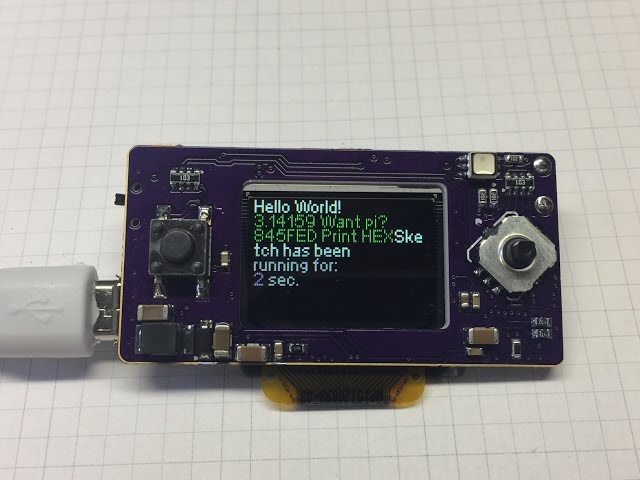
SAMD21G18A Sensor Board with Color LED by Mike Rankin. The design files are source code available on GitHub:
 SAMD21G18A_Sensor_Board_with_Color_Oled
SAMD21G18A_Sensor_Board_with_Color_Oled
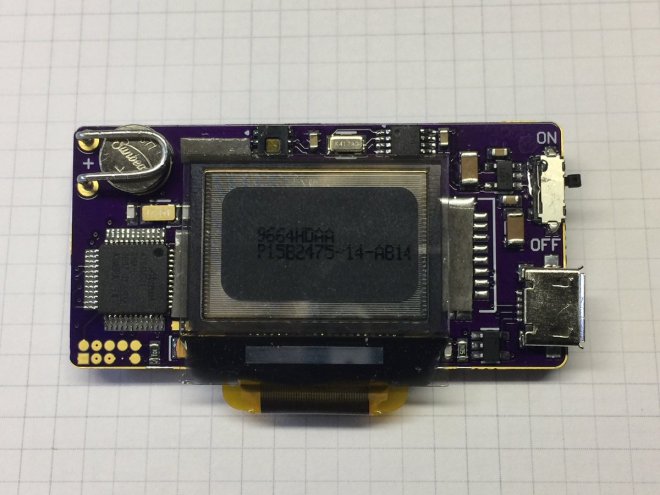
Here’s a video of the board:

SAMD21G18A Sensor Board with Color LED by Mike Rankin. The design files are source code available on GitHub:
 SAMD21G18A_Sensor_Board_with_Color_Oled
SAMD21G18A_Sensor_Board_with_Color_Oled
Here’s a video of the board:
RasmusB on Hackaday.io is resurrecting a Psion Series 5 PDA:
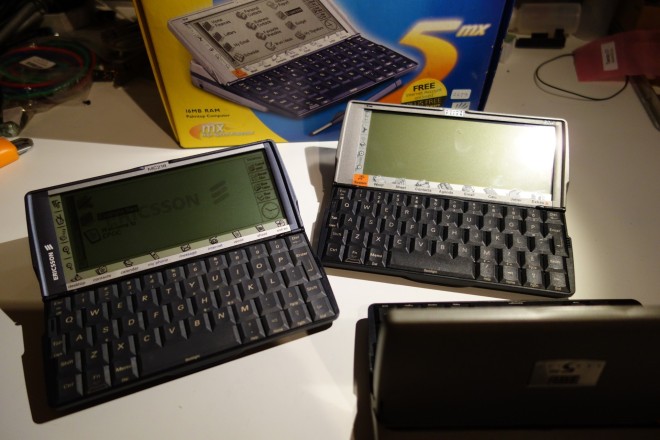
Bringing a Psion Series 5 into this decade by replacing all the important bits.
The completed result will (hopefully) be a portable modern Linux system with all the connectivity options expected in a modern device.
The keyboard adapter board is available on Tindie:
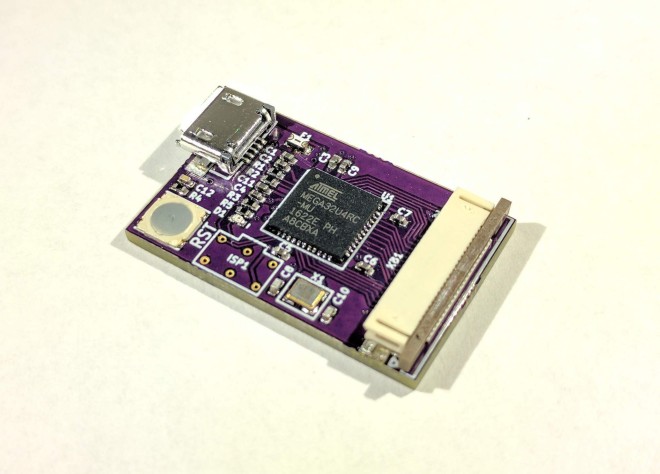
This is an USB interface for Psion series 5 PDA keyboards. Plug in a keyboard and a USB cable, and use it with any modern computer!
The design files and source code are available on GitHub:
 RasmusB/PsioPi
RasmusB/PsioPiHackaday wrote about a nifty hack by Joe Grand:
It’s not too exciting that [Joe Grand] has a toothbrush that plays music inside your head. That’s actually a trick that the manufacturer pulled off. It’s that [Joe] gave his toothbrush an SD card slot for music that doesn’t suck. The victim donor hardware for this project is a toothbrush meant for kids called Tooth Tunes.…
Joe published full documentation for the project on his website:
The PCB is shared on OSH Park:
Joe describes the project in this video:
Hear the toothbrush in action:
Lucky Resistor designed this programming adapter for ATtiny13 and similar chips:
As mentioned in my article about designing a cheap plant watering sensor, I built a small adapter which can be used to pre-program the ATtiny13A. This is necessary, because once soldered on the board, I only have a debugWire interface, which has to be enabled first.
The adapter has a small 50mil JTAG header, where the Atmel ICE can be connected with the board. There is also room for a USB mini jack, which is used to power the MCU while programming. A small on-off switch is used to power the MCU and a LED is placed as indicator to see if the MCU has power.
One of the DIL/ZIF adapters is mounted on top of the female headers. Most of the adapters for SO-8, SO-14 and SO-16 will work with this board.
To make the board more versatile, I added a number of jumpers and solder points. By default, the adapter is connecting to the right pins for the ATtiny13A, but you can cut these routes and solder wires onto the board to implement any kind of connection you like.
The design files are available on GitHub:
 LuckyResistor/ATtinyAdapter
LuckyResistor/ATtinyAdapterLuckyResistor has shared the board on OSH Park:
Neven Boyanov has launched a new Tinusaur campaign on IndieGoGo:
Small microcontroller board that could run Arduino and help you learn, teach others and make things
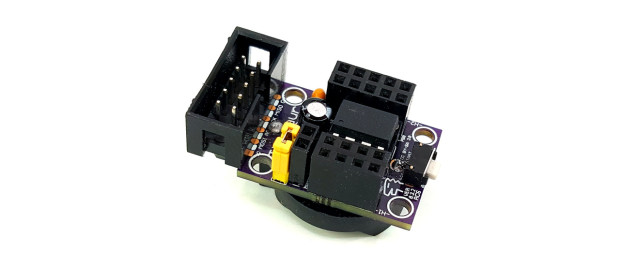
The Tinusaur is powered by the Atmel ATtiny85 microcontroller.
We want to bring the cost down to $3 for the basic “lite” boards
and allow more people to be able to get them.
DanR has shared this motion sensing night light board:
This light is powered by an ATtiny45/85 which powers on the 14 LED lights when motion is sensed and it is in a dark room. The light sensor on the board will not allow the lights to come on if it is in a reasonably lit room.
It is fitted with a barrel plug for power, this model specifically with an L7805CV voltage regulator.
[Tim]’s Dice10 is an exercise in minimalism. [Tim] upped the game by using just two GPIO pins to drive the seven LED’s for the dice
Yay, another mini-project with the ATtiny10! A while ago I devised a scheme to drive an electronic dice with only two IO lines. I finally found the time and motivation to build up a small design using this as an entry for the hackaday 1k compo
via DICE10 – electronic dice controlled by two GPIO. — Tim’s Blog
jonmash designed this simple board with two ATTiny processors powered by a micro USB connector.
 ATTiny-Widget
ATTiny-WidgetMicro USB power input to two ATTiny MCU’s. There are two different ATTinys on this board. An ATTiny84 and an ATTiny85. These MCUs are great because they can be used with no additional components. In fact, on this board, the only additional components are some filter capacitors for the power rail and a header for the programmer interface.
I have exposed an array of copper pads for every pin. This makes it easy to add LEDs or to wire to just about any sensor.
jonmash has shared the board on OSH Park:
Jakub Polonský created this solution to make breadboard prototyping safer for components:
adjustable and programmable electronic fuse especially designed for breadboards – a breadboard fuse, or BFuse
The trip current can be set from 50 mA to 1 A but it can measure current up to 6 A [..] It has reverse polarity protection (by P-FET), transient voltage suppressors both on its input and output and two LEDs for indication
Set current and actual current can be compared using ATTiny’s built-in comparator or sampled by the ATTiny’s ADC. Then, the microprocessor controls a P-FET switch that opens or closes the power supply